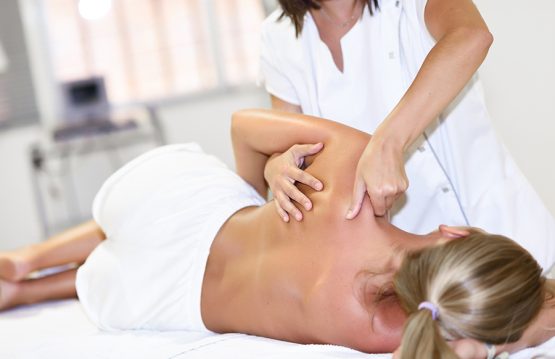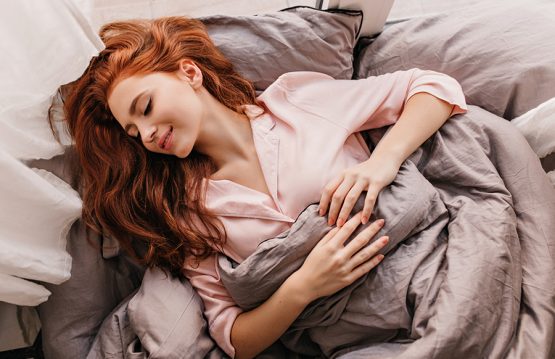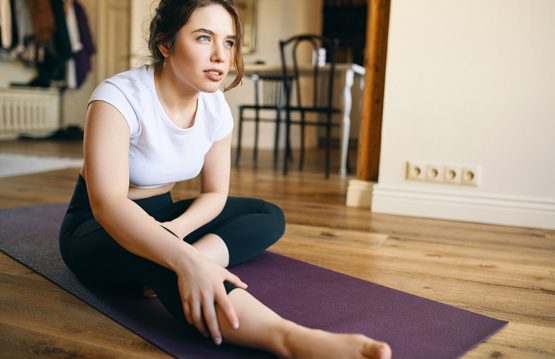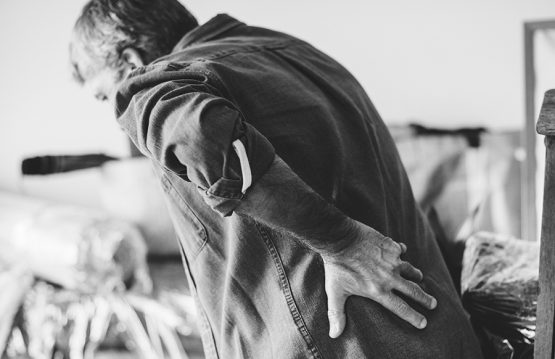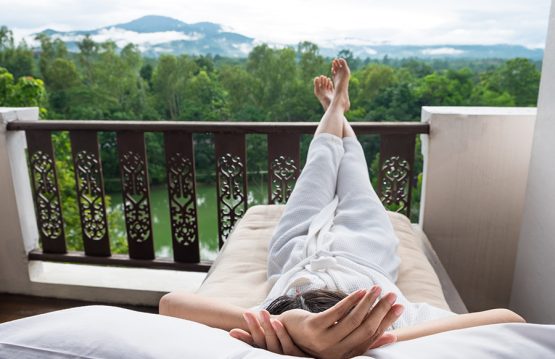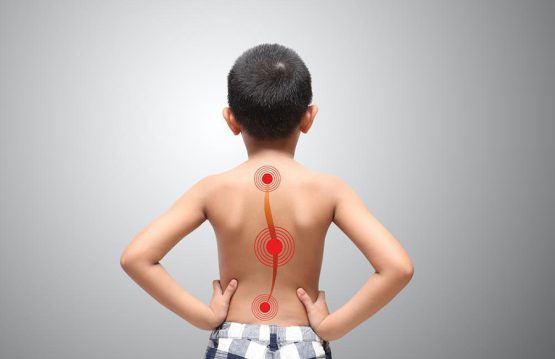The word chiropractic comes from the Greek “handmade” (chiros – hand). It is based on the principle that the body can heal when the bone system is properly aligned and the nervous system is working properly.
To do this, a chiropractor uses his hands or a special tool to perform specific manipulations of the vertebrae. When the bones of the spine are not in the correct position or are subluxated, nerve transmissions are disrupted, causing pain in the back, neck, and other areas of the body.
Chiropractors use their hands and physical strength to perform certain movements on different parts of the human body. The technique involves pulling, rotating and pushing, of medium or high intensity, which aim to release tension from the bone and muscle.
CONTENT:
- Conditions that can be treated by chiropractic
- Chiropractic indications and contraindications
- What exactly is the treatment offered by the chiropractor
- Examination of the patient by the chiropractor
Conditions that can be treated by chiropractic
- lumbago (a condition manifested by violent localized pain in the muscles of the lumbar region)
- disc herniation / discopathy
- sciatica (pathological condition consisting of a condition of the sciatic nerve, which is manifested by pain in the region of the scalp, with irradiation in other parts of the body – neuralgia manifested by sharp pain along the sciatic nerve)
- deformities of the spine (scoliosis, kyphosis, lordosis)
- pelvic and hip dysfunction
- pain in the joints of the limbs, shoulders, elbows, knees, hips, feet, ankles and hands
- headache, headache / migraine (severe headache, usually on one side, accompanied by nausea and / or vomiting)
- sports accident
- difficulty concentrating
Chiropractic indications and contraindications
This technique is very effective in case of back pain, spine deviations, neuralgia, neuritis, dislocations, joint pain or hernia. Chiropractic is also used to relieve arthritis, rheumatism, migraines, esophagitis, gastritis, chest pain, dizziness and ringing in the ears.
Moreover, dysmenorrhea, indigestion and infertility could be ameliorated as a result of improved energy flow after treatment. This method is unlikely to be harmful if other methods have failed to solve health problems. However, in the case of certain diseases such as cancer, fractures, infectious and neurological diseases, chiropractic treatment is contraindicated.
What exactly is the treatment offered by the chiropractor
The procedures used by chiropractors are designed to straighten the posture of the spine, to relax tense areas, to reduce the pressure on certain nerve endings, and to increase the flexibility of the spine.
In general, treatment includes:
- Pressing the vertebrae using special techniques
- Manual realignment of the spine
- Massage of muscles, ligaments and tendons in the lumbar area
- Using exercises that relax the lumbar area
Examination of the patient by the chiropractor
The chiropractor will examine the patient before determining the diagnosis and method of treatment. He will make a history, perform an orthopedic and neurological consultation and determine the type of pain the patient is dealing with.
Depending on the symptoms and their nature, low back pain can be:
- Acute – if it persists for less than 6 weeks
- Subacute – if it persists for 6-12 weeks
- Chronic – persists for at least 12 months
- Recurrence – symptoms reappear occasionally


